









In the history of European art tradition, a still life refers to the depiction of inert objects such as flowers, fruit or glasses, whose motifs and composition are selected according to content-related, aesthetic and sometimes symbolically charged aspects. Mostly known from Baroque painting as lavish arrangements, the still life symbolises opulence as well as transience. In the exhibition, however, the French term nature morte transcends the mere motif of the still life and develops its own narrative.










In times of ecological crises, in which dystopian images of destroyed natural landscapes penetrate our consciousness, as does the fact that there are hardly any places left – how far away they may be from any civilization – where human traces are not visible or measurable, snapshots of untouched nature can only be understood as utopia.
In this changing awareness of what nature means to us today and in the future, each of the positions shown opens up its own perspective on our paradoxical relationship between human and environment and draws a picture of its own individual awareness of nature and identity.










